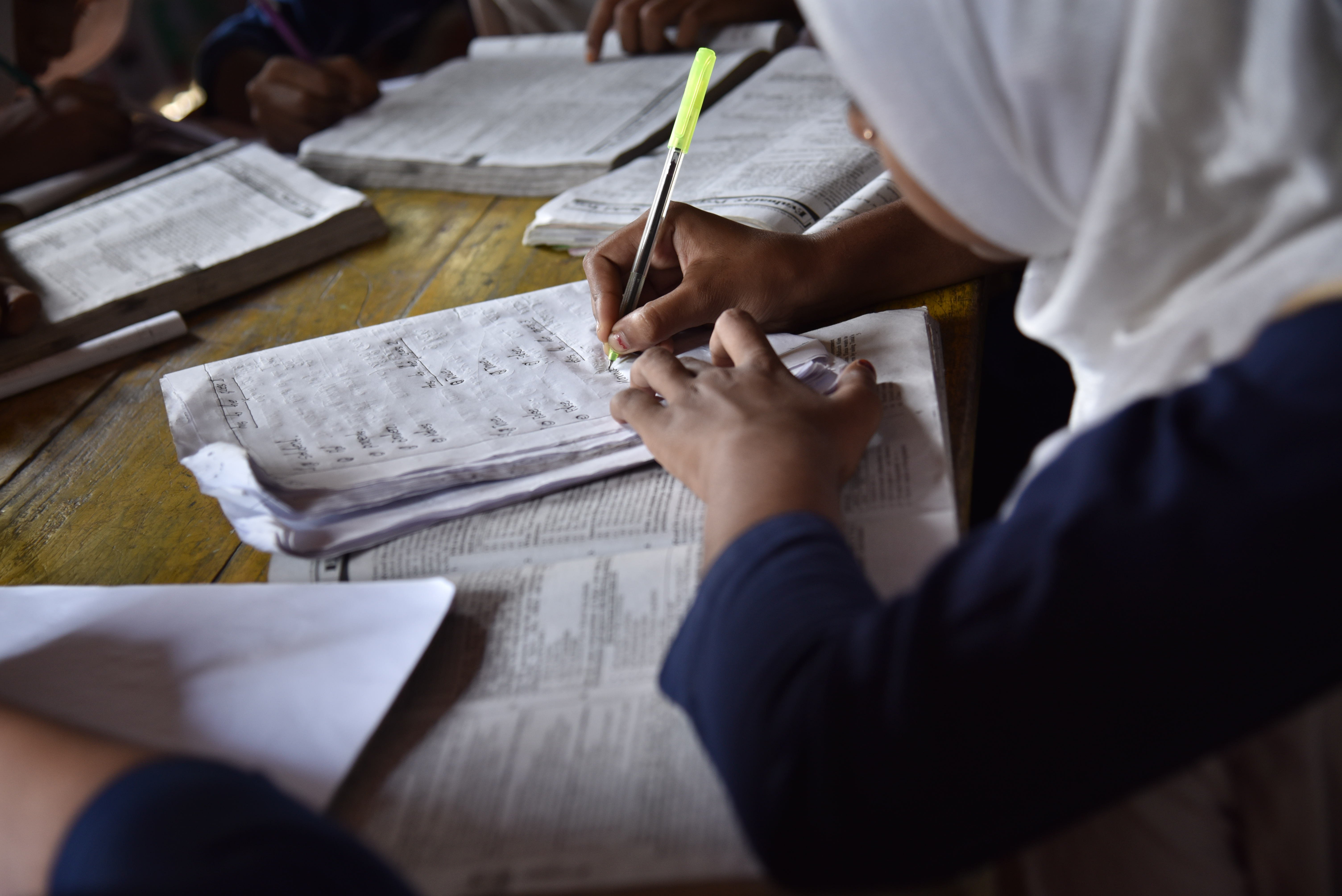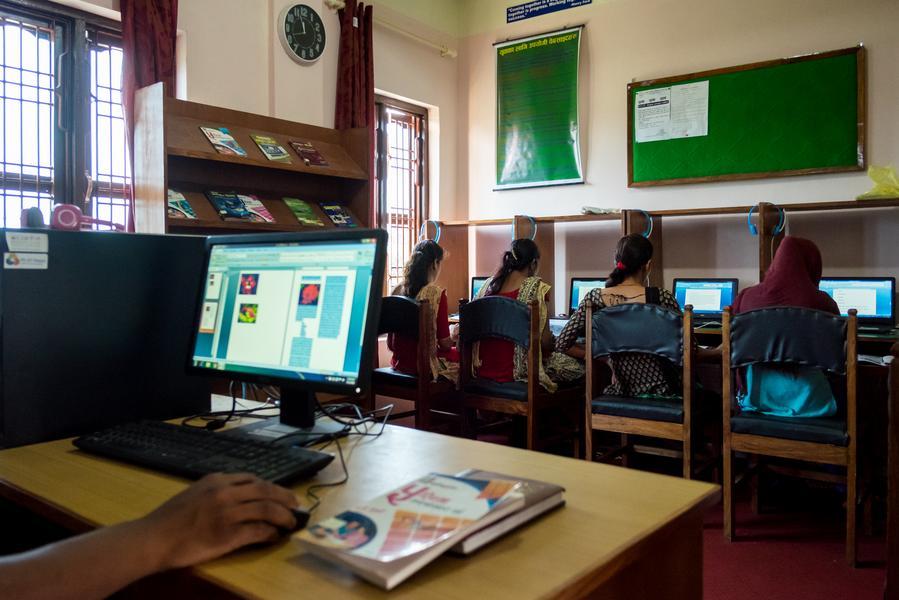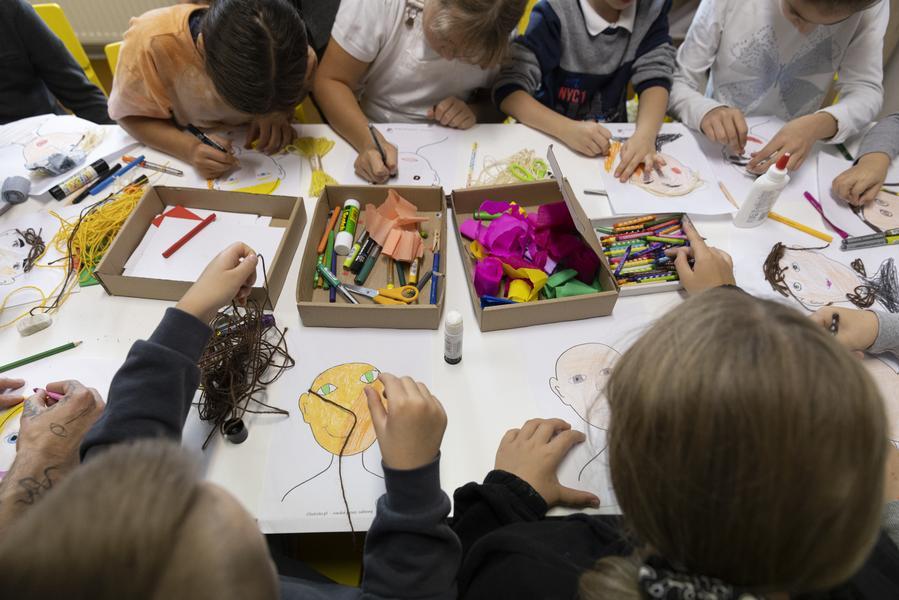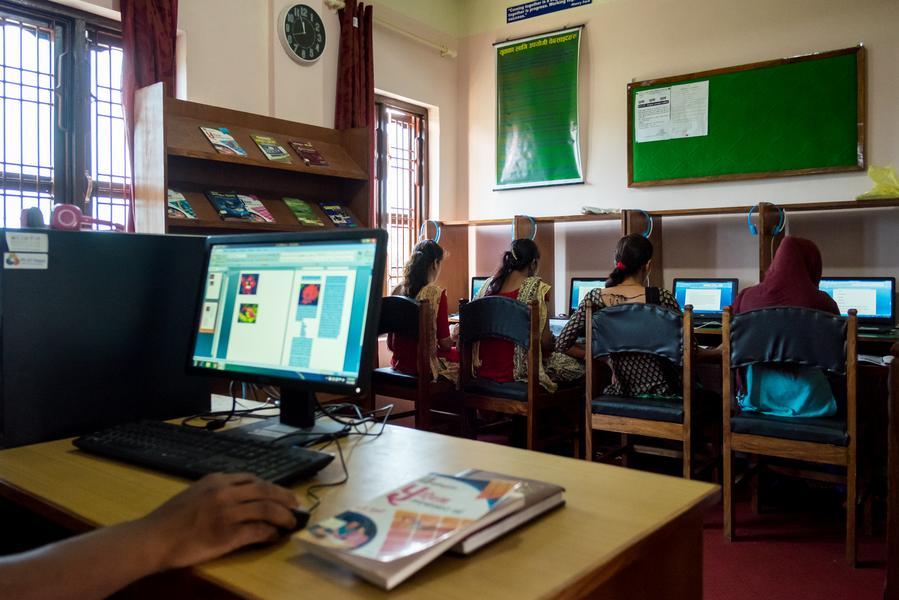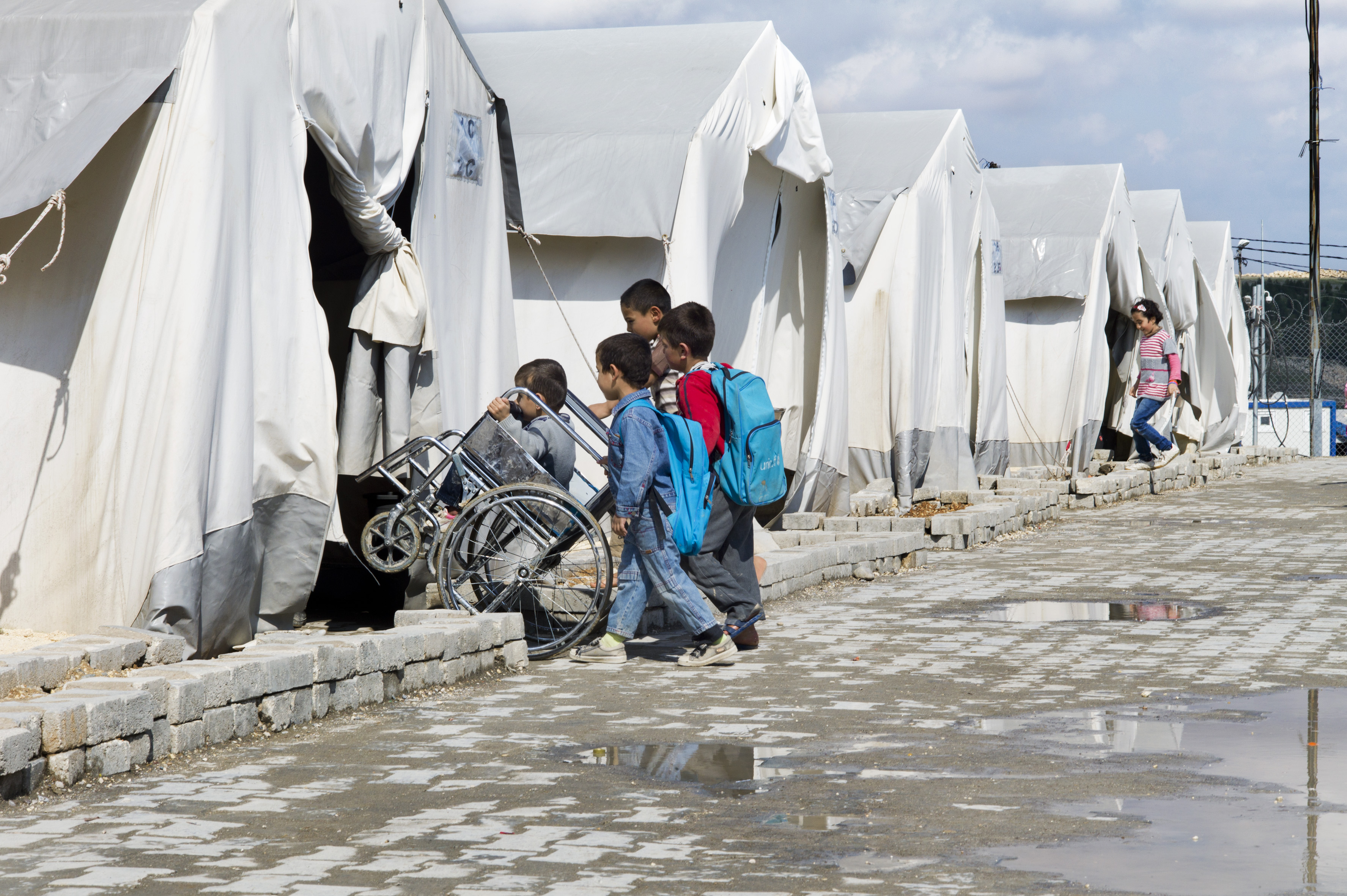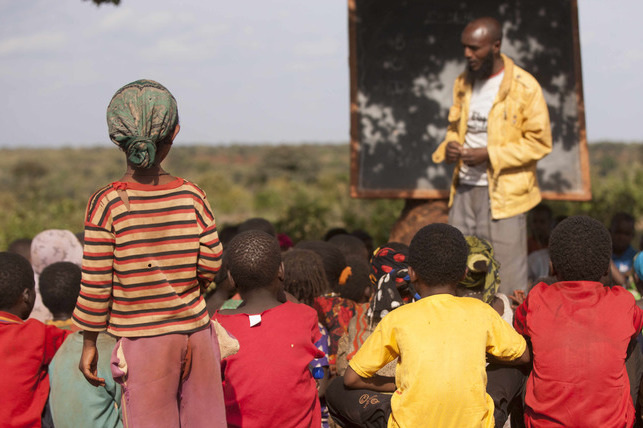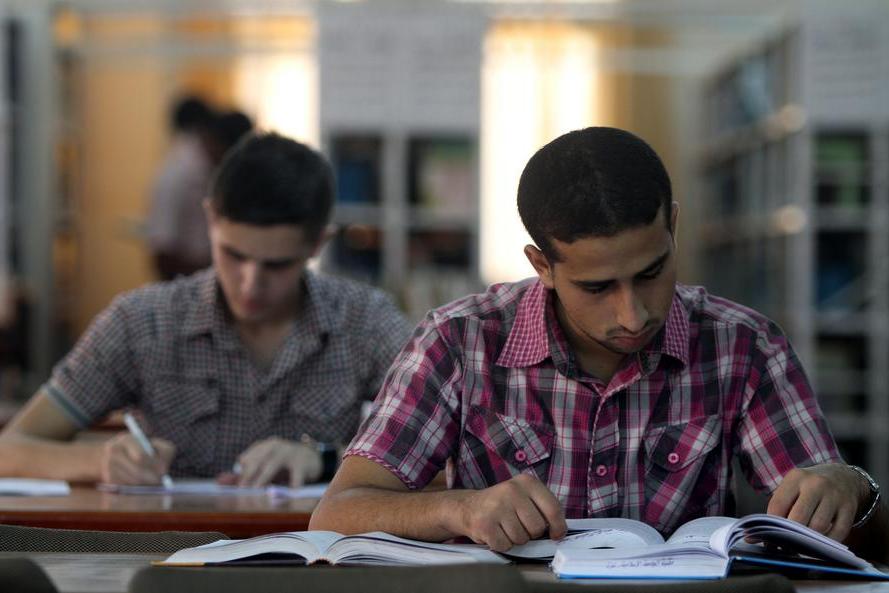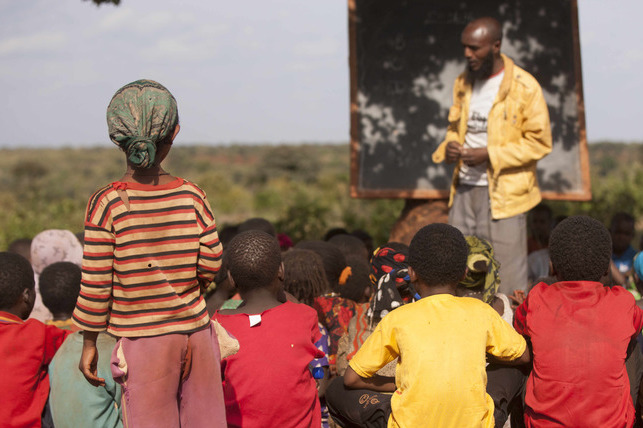Context and Problem
Despite achieving near-universal primary education access and increasing enrollments in preschool and secondary education, Peruvian students lagged significantly behind in mathematics and literacy. The primary issue was not accessibility to education, but the quality and effectiveness of the education that was being delivered. The government of Peru recognized the need to improve the educational outcomes to enable inclusive economic growth and reduce social disparities in the long term.
Solution
With the support of the World Bank, the Peruvian Government initiated the Basic Education Project under the umbrella of Programa de Educación Logros de Aprendizaje (PELA). The project had three critical areas. First, to scale up and benchmark student learning assessments. This involved the introduction of additional cycles of national assessments across multiple grade levels. Through this mechanism, data was gathered on student performance, which then informed policy adjustments. Second, designing and implementing teacher evaluation utilizing a new evaluation methodology. This involved establishing a merit-based system for teacher recruitment and promotion, aimed at enhancing the quality of education for students. Third, training and evaluation of teachers. This supported a competitive selection process for hiring teachers and evaluation of school management positions to ensure positive educational outcomes.
The World Bank contributed US$25 million of the US$186 million total project costs, in addition to providing strategic and technical guidance throughout the project’s lifecycle.
Impact
From 2013 to 2018, notable outcomes were achieved. First, insights from the assessments were utilized to refine educational strategies and curricula. Second, the project improved the evaluation of instructional practices, leading to significant pedagogical reforms based on empirical data. Additionally, through the competitive evaluation process, 18,477 positions for school management roles were filled. Moreover, the project benefited and will continue to benefit the 5.7 million students in Peru’s public schools.



